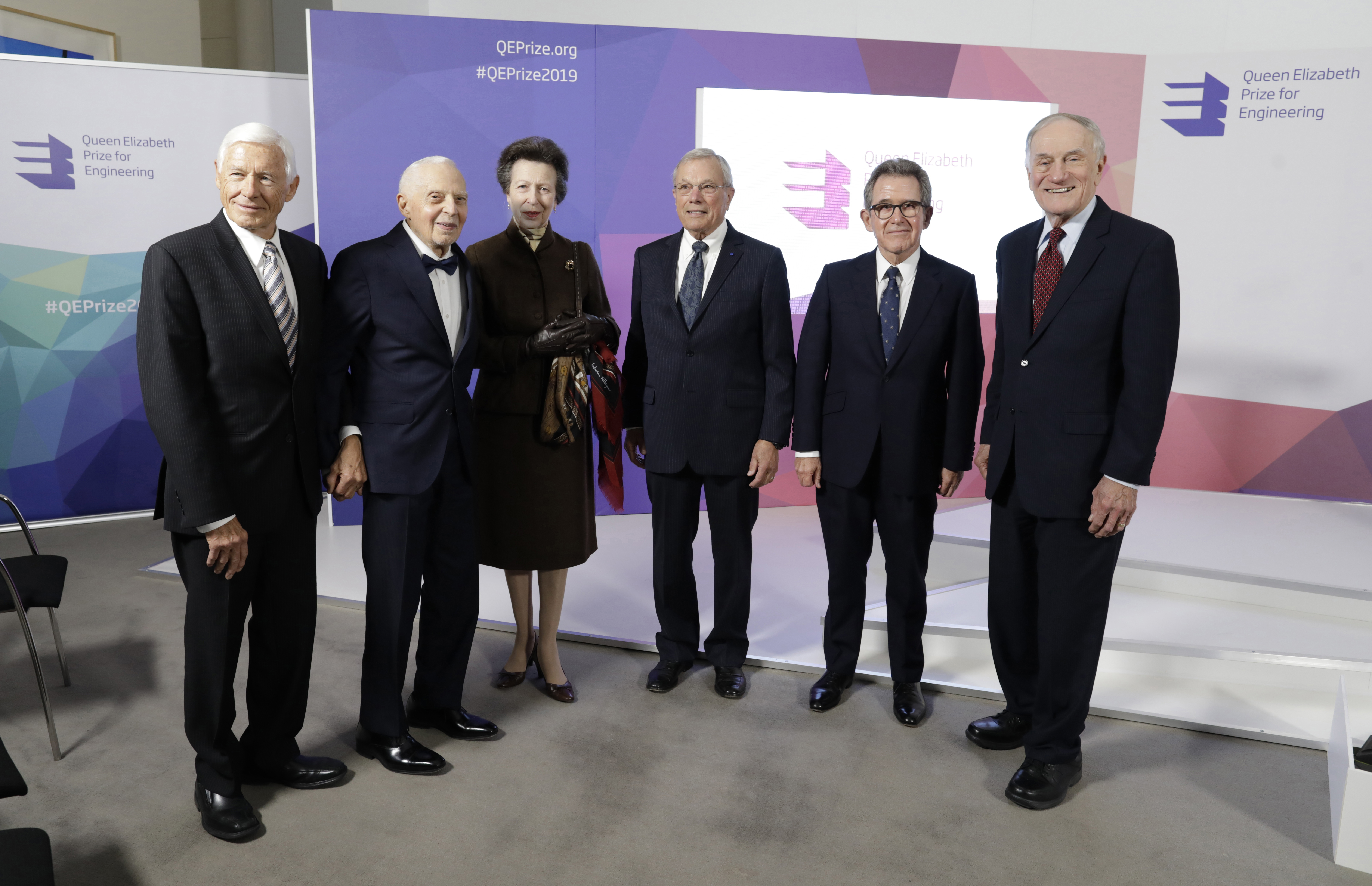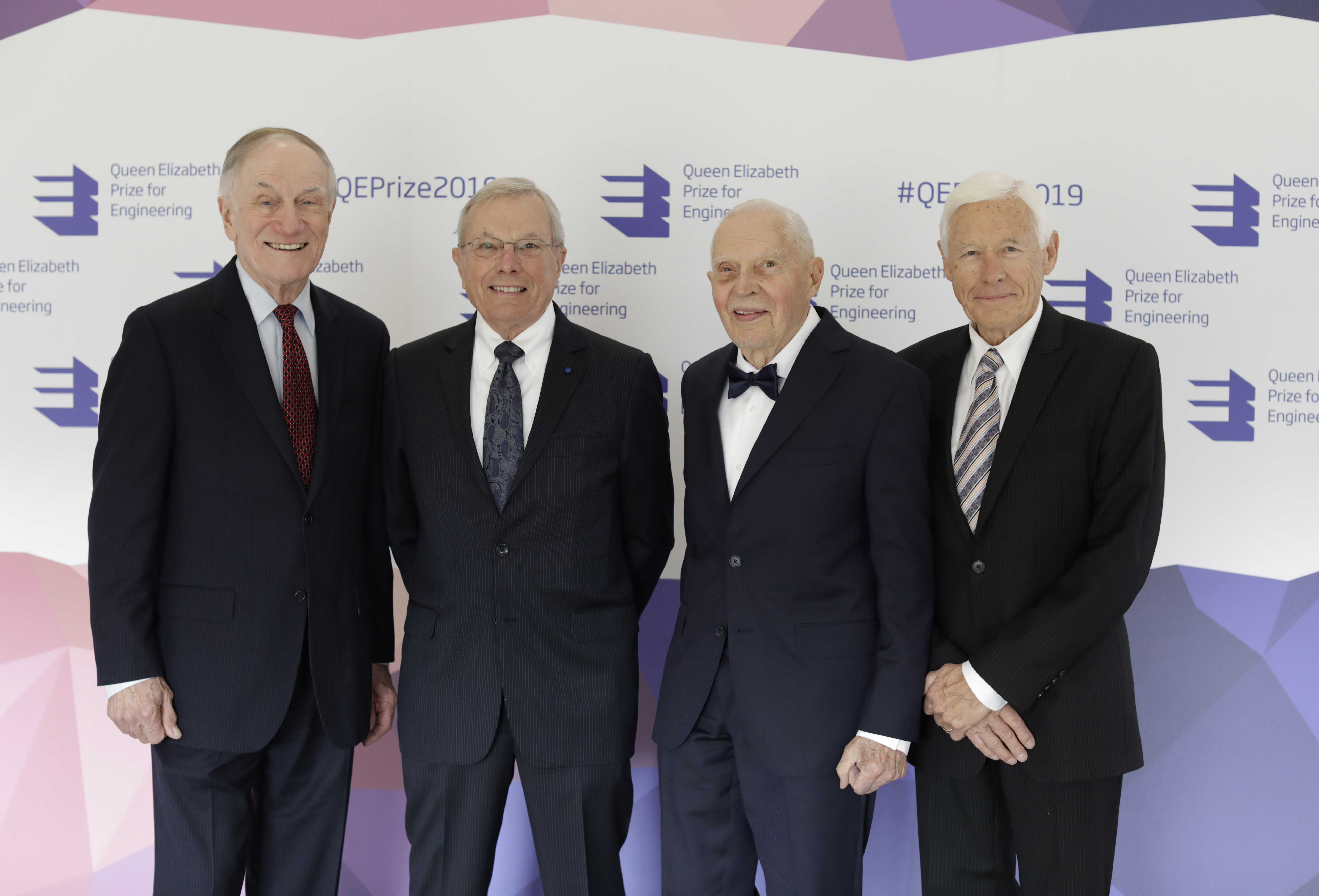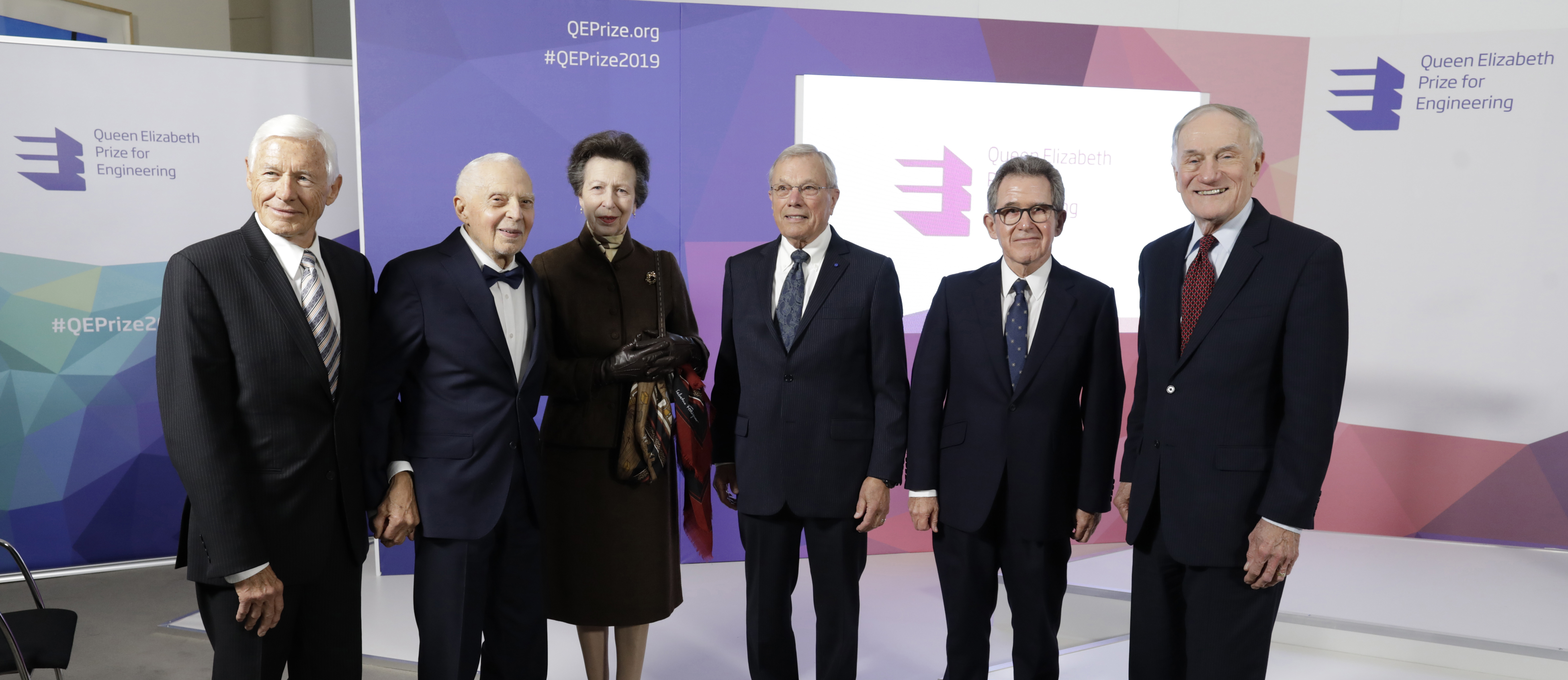When James Spilker visited the Science Museum after sharing the world’s most prestigious engineering prize, he was keen to discuss how he now wants to replace the Global Positioning System (GPS) that won him the accolade.
In the 1960s, Spilker wrote papers on signal timing technology that made possible the precision tracking of Earth orbiting satellites necessary for GPS, contributing to the original GPS architecture, hardware to coordinate timing and tracking, and the design of the GPS civil signal structure that now serves billions of people.
When we met in the Science Museum after he became one of the four winners of the 2019 Queen Elizabeth Prize for Engineering, he told me that he now advises a company working on a quantum compass that could pave the way for global navigation technologies that do not rely on satellites and external signals.
The answer is to use accelerometers, which measure how an object’s velocity changes over time so that, using the starting point of the object, the new position can be calculated.
Though ubiquitous in mobile phones and laptops, conventional accelerometers struggle to remain accurate over long periods without being recalibrated.
The next generation of navigation technology could well be the quantum accelerometer, a self-contained system that, unlike GPS, does not rely on any external signal which can be disrupted by tall buildings, or can be jammed, imitated or denied – preventing accurate navigation.

The quantum accelerometer relies on using lasers to manipulate atoms in a cell and seeing how they are affected by acceleration.
These measurements are made with an ‘optical ruler’, called an atom interferometer, which works very much like optical interferometry, a 200-year-old technique widely used to make highly accurate measurements.
The optical method compares two equal beams of light, created with a device called a beam splitter, by making them overlap to create an interference pattern if one beam has had a slightly different journey from the other.
Radio waves act this way too along with atom interferometry because, just as waves of light can act like particles called photons, atoms can be cajoled into acting like waves if cooled to near absolute zero, which is possible with the help of lasers using a Nobel Prize winning method.

As with optical interferometry, atom waves cross at the detector, creating an interference pattern. If the path an atom takes varies by even a picometer, an atom interferometer can detect the difference.
James Spilker has dedicated his life to ultra-precise navigation. In 1973, he co-founded Stanford Telecommunications, a military satellite communications and GPS company which he grew to over 1,300 employees in 5 states when he sold it in 1999.
In 2005, he co-founded the Stanford University Center for Position, Navigation and Time, continuing the link with the university where, despite his humble origins, he first gained his degree and doctorate, where he will donate his Queen Elizabeth prize money.
Today he wants to use GPS to guide drones along ‘virtual tunnels in the sky’, or help Elon Musk with his Boring Company, which is working on Loop and Hyperloop public transportation systems. ‘I look at problems from a different perspective from other people,’ he said.

However, a glimpse of the next generation of navigation technologies came in 2006, when Spilker joined AOSense, based in Sunnyvale, California, one of several teams now developing innovative atom optic devices.
Navigation is one application, but atom optics can also be used for fundamental research, such as in the search for dark energy and gravitational waves.
Spilker coedited and contributed to Global Positioning System: Theory and Applications (1996), the standard reference for GPS and, in the light of advances in atomic interferometry, is working on a new book, Position, Navigation, and Timing Technologies in the 21st Century: Integrated Satellite Navigation, Sensor Systems, and Civil Applications.
